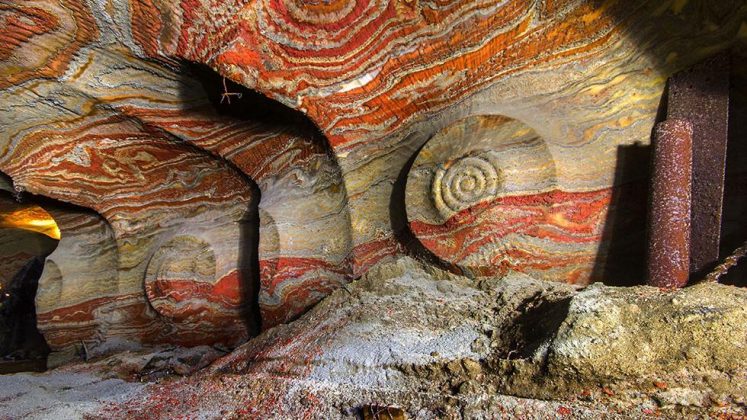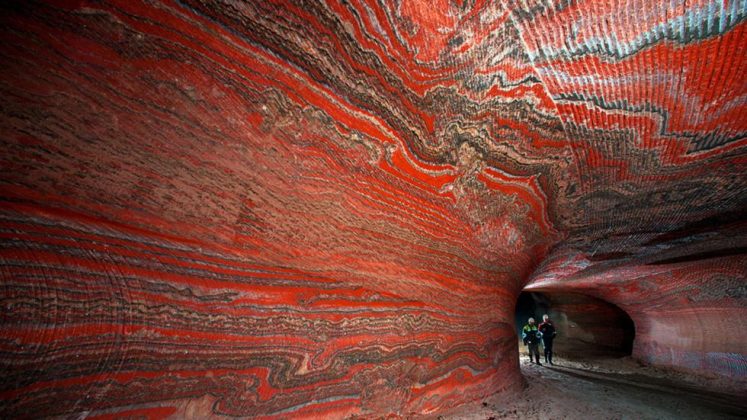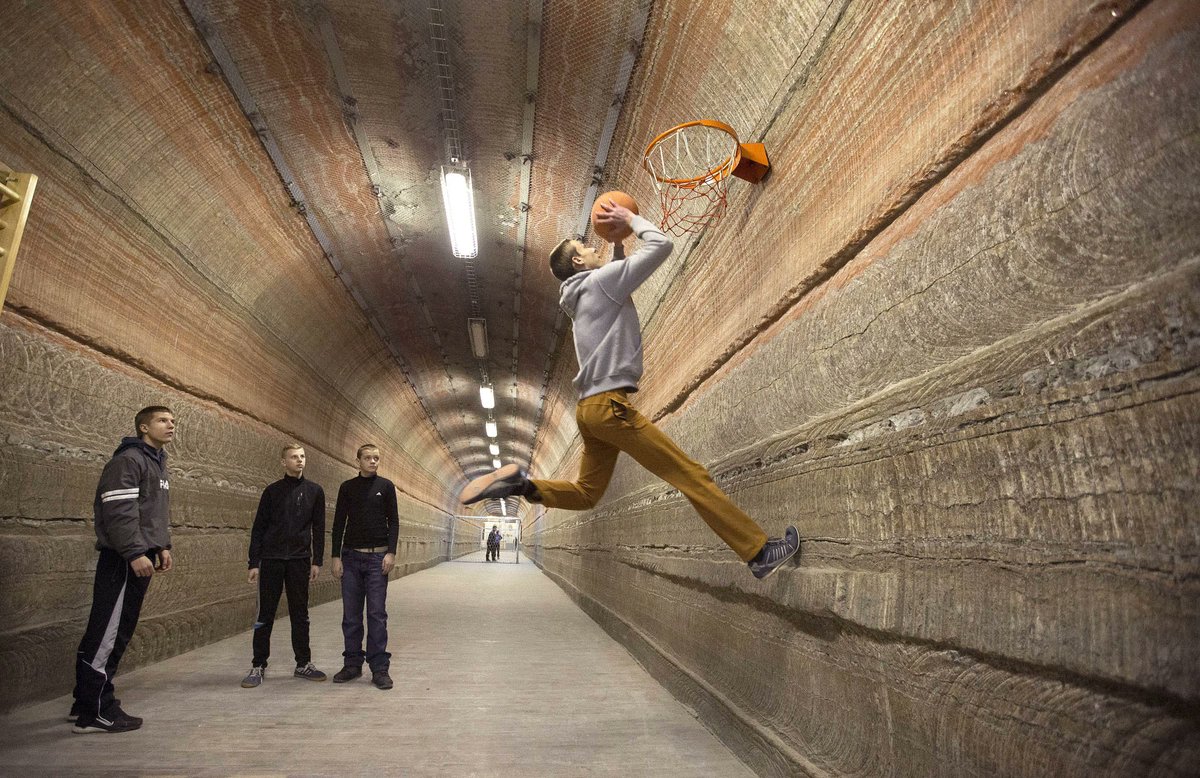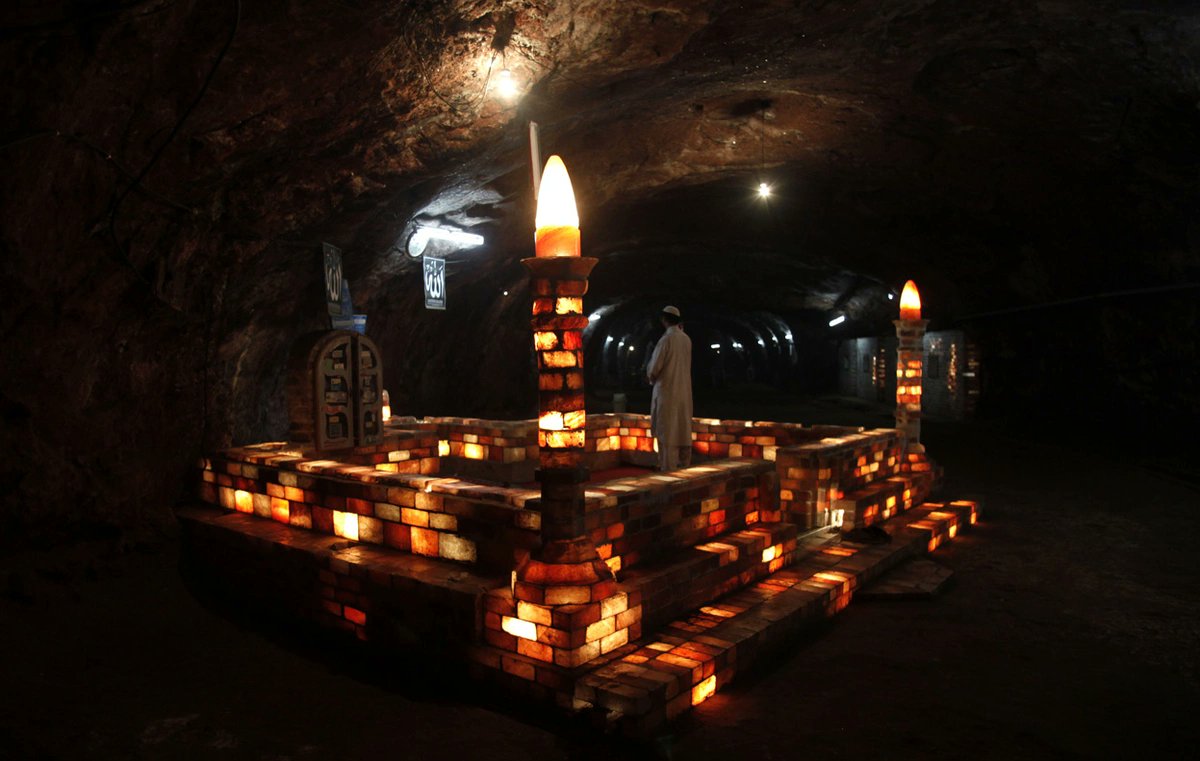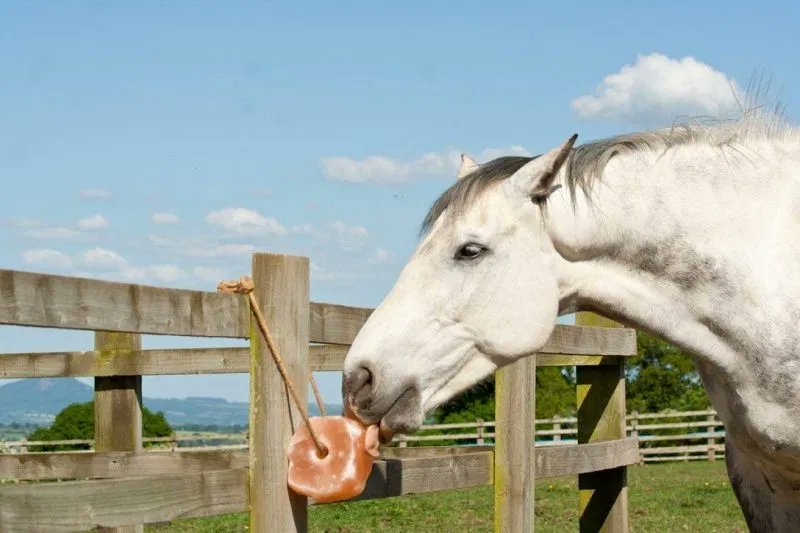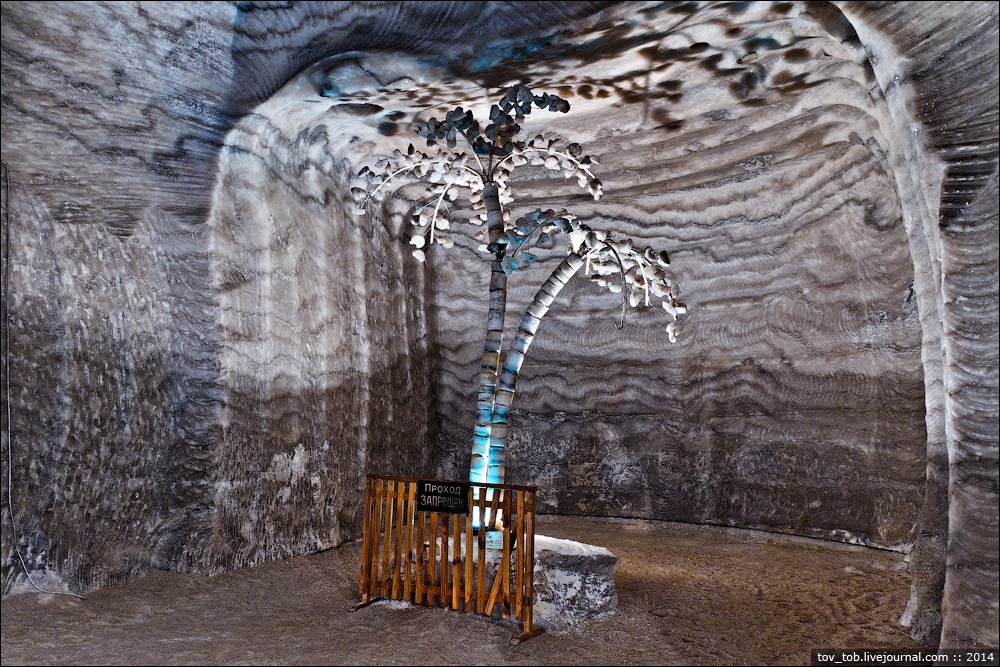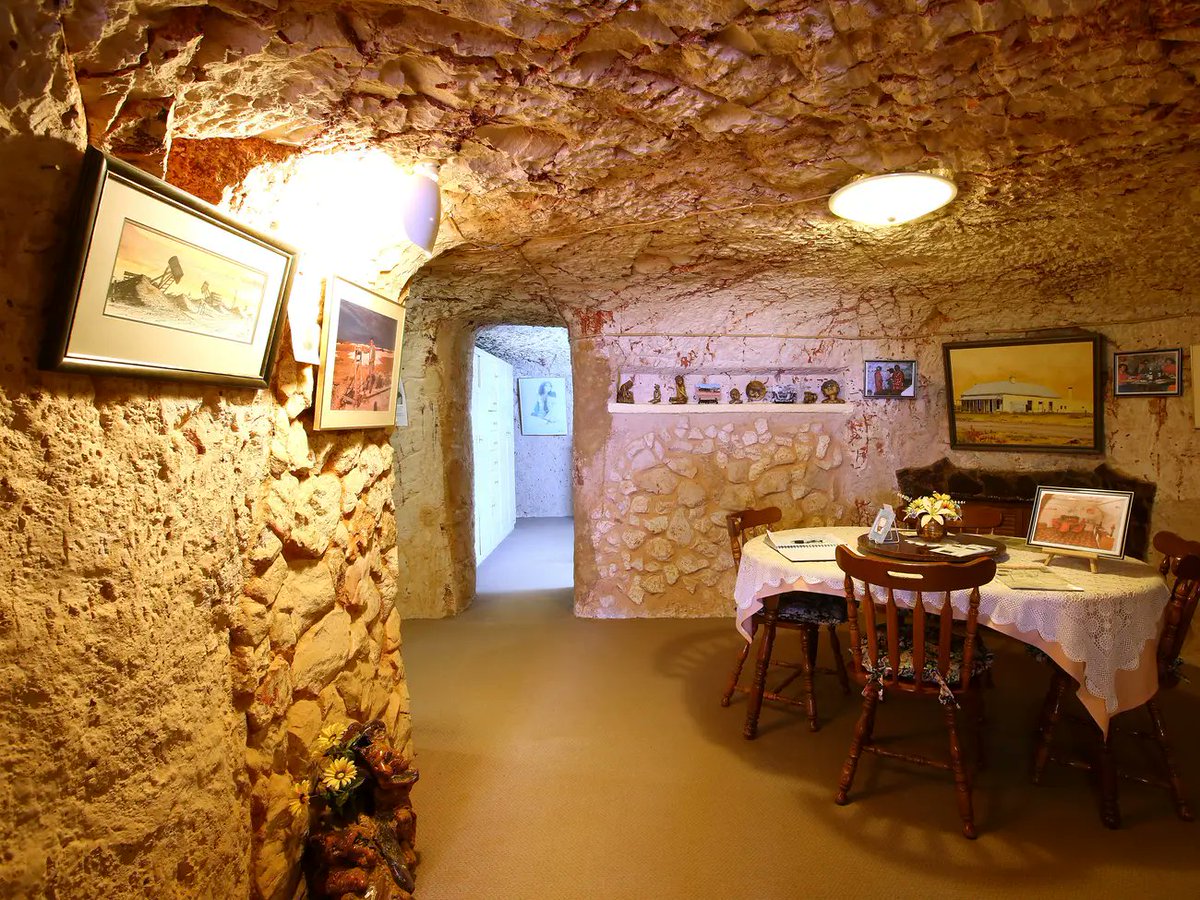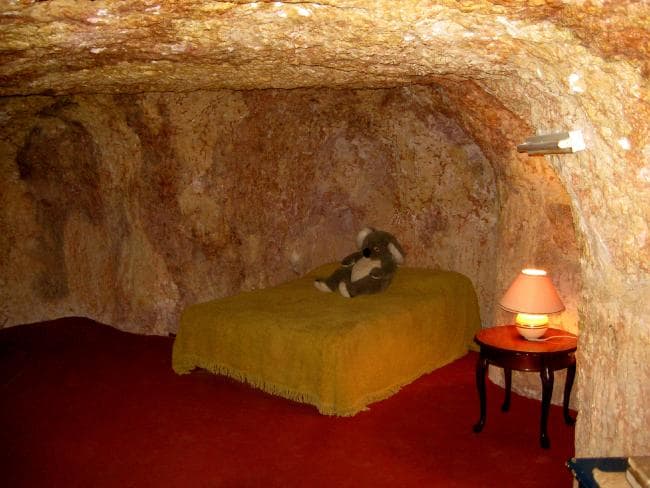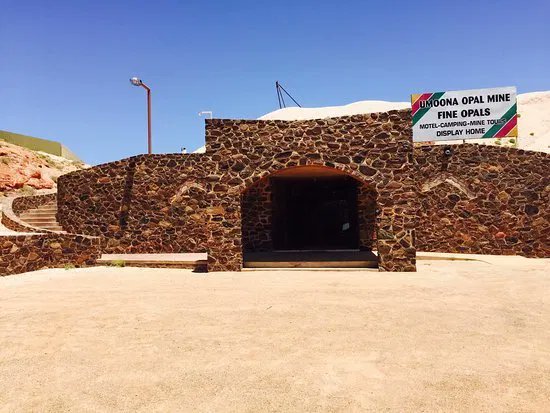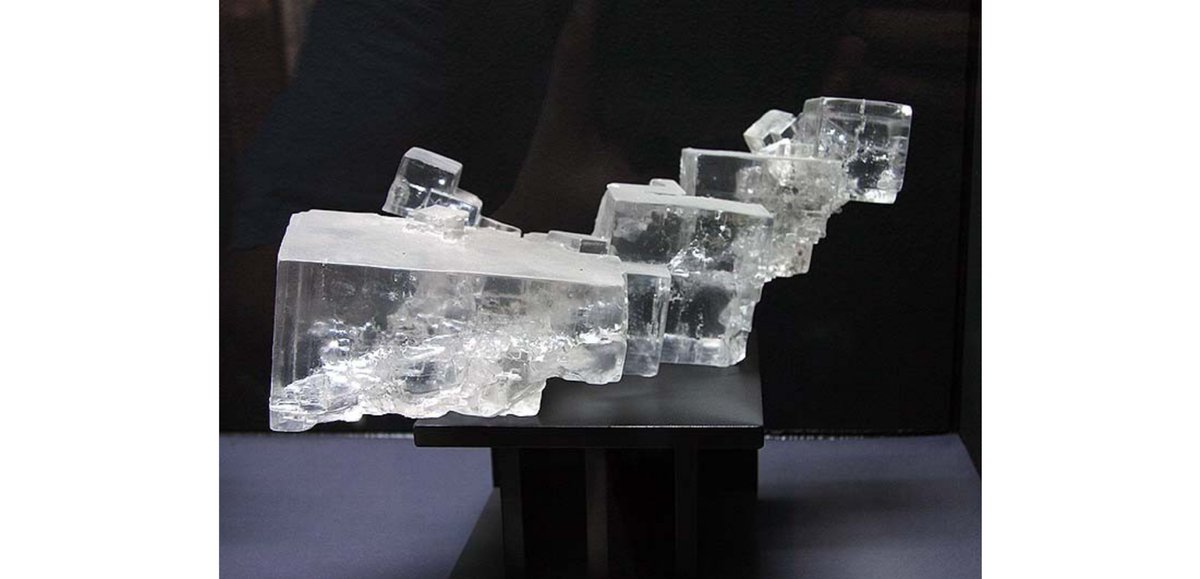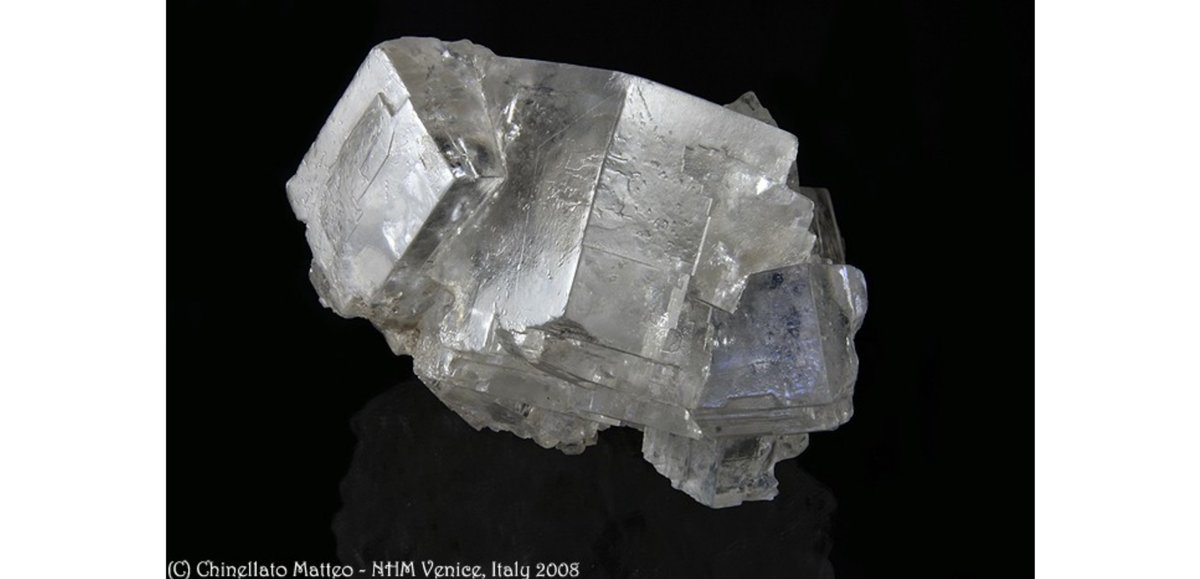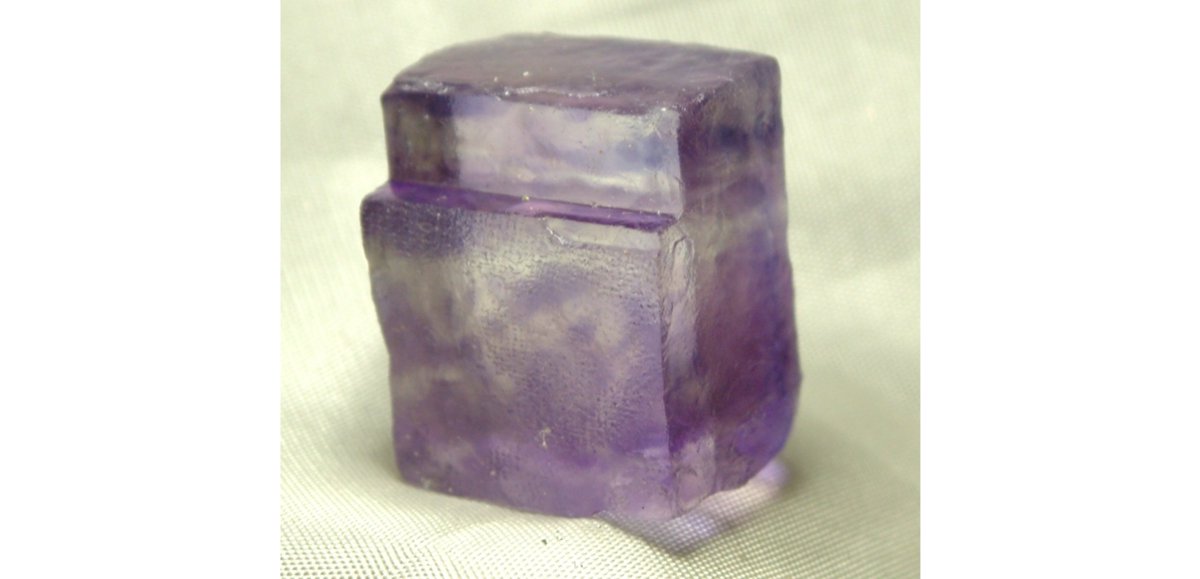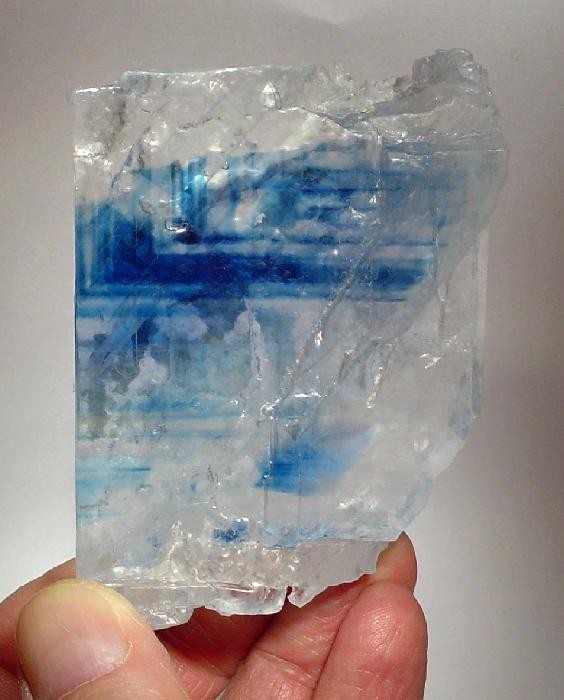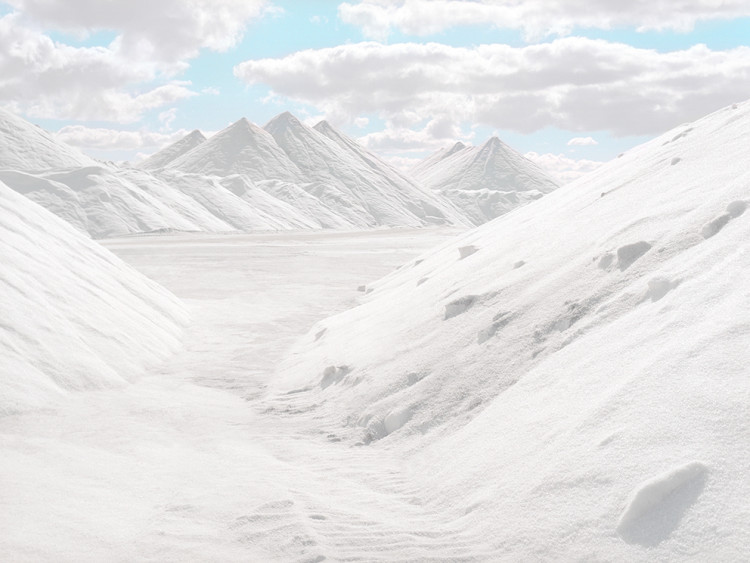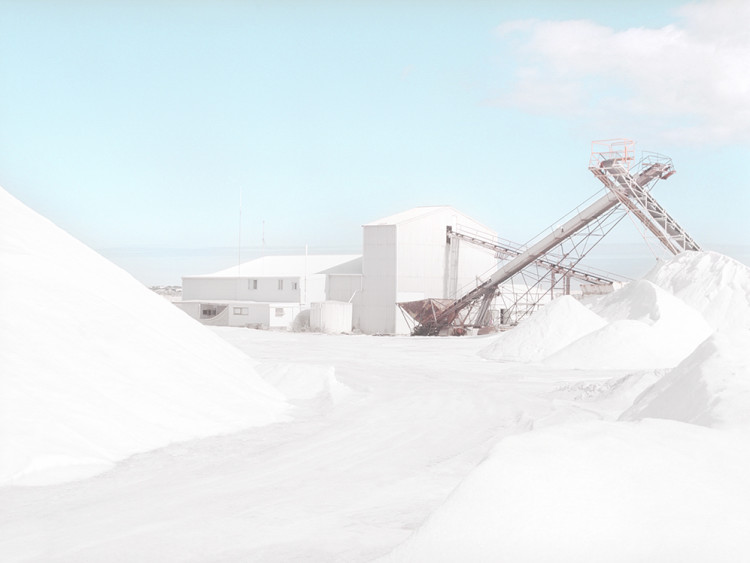I keep flipflopping on this but I just found out this is what the Wieliczka salt mine near Krakow, mined since the 13th century, looks like. everything is carved out of halite (rock salt), including the chandeliers. so halite has my vote today https://twitter.com/MineralCup/status/1305770932657512448">https://twitter.com/MineralCu...
here& #39;s a close-up of the #halite chandelier crystals #MinCup2020
https://www.insider.com/photos-poland-ancient-wieliczka-salt-mine-and-its-incredible-stories-2020-5">https://www.insider.com/photos-po...
https://www.insider.com/photos-poland-ancient-wieliczka-salt-mine-and-its-incredible-stories-2020-5">https://www.insider.com/photos-po...
salt mine interiors are incredible. here& #39;s one from Russia #Halite #MinCup2020
https://www.geologypage.com/2016/10/psychedelic-salt-mine-russia.html">https://www.geologypage.com/2016/10/p...
https://www.geologypage.com/2016/10/psychedelic-salt-mine-russia.html">https://www.geologypage.com/2016/10/p...
here are some Belarusian teens playing basketball inside a salt mine. Slav energy at critical levels #Halite #MinCup2020
https://www.theatlantic.com/photo/2019/04/photos-strange-beauty-salt-mines/586417/">https://www.theatlantic.com/photo/201...
https://www.theatlantic.com/photo/2019/04/photos-strange-beauty-salt-mines/586417/">https://www.theatlantic.com/photo/201...
here& #39;s a mosque made of salt bricks inside the Khewra salt mine, Pakistan. legend has it these pink salt deposits were discovered by Alexander the Great& #39;s horses in the 4th century BC
#Halite #MinCup2020
https://www.theatlantic.com/photo/2013/04/the-strange-beauty-of-salt-mines/100492/">https://www.theatlantic.com/photo/201...
#Halite #MinCup2020
https://www.theatlantic.com/photo/2013/04/the-strange-beauty-of-salt-mines/100492/">https://www.theatlantic.com/photo/201...
they crave that mineral #Halite #MinCup2020
https://www.savvyhorsewoman.com/2016/01/himalayan-salt-for-horses-is-it-worth-it.html">https://www.savvyhorsewoman.com/2016/01/h...
https://www.savvyhorsewoman.com/2016/01/himalayan-salt-for-horses-is-it-worth-it.html">https://www.savvyhorsewoman.com/2016/01/h...
absolutely losing it over the carvings for tourists in the Soledar salt mine, Ukraine
https://www.amusingplanet.com/2018/01/the-soledar-salt-mines.html">https://www.amusingplanet.com/2018/01/t...
https://www.amusingplanet.com/2018/01/the-soledar-salt-mines.html">https://www.amusingplanet.com/2018/01/t...
on the other hand, opal miners have made some strange underground palaces too
the opal mining desert town of Coober Pedy, South Australia gets so hot that most of the town live underground. initially people took shelter in old mineshafts, then the idea caught on and now there are purpose-built dugouts #Opal #MinCup2020
#but-some-80-of-the-local-population-have-made-homes-inside-the-sandstone-8">https://www.businessinsider.com/inside-coober-pedy-australias-underground-town-2016-1?IR=T #but-some-80-of-the-local-population-have-made-homes-inside-the-sandstone-8">https://www.businessinsider.com/inside-co...
#but-some-80-of-the-local-population-have-made-homes-inside-the-sandstone-8">https://www.businessinsider.com/inside-coober-pedy-australias-underground-town-2016-1?IR=T #but-some-80-of-the-local-population-have-made-homes-inside-the-sandstone-8">https://www.businessinsider.com/inside-co...
eerily beautiful
https://www.news.com.au/travel/travel-ideas/australians-live-in-caves-called-dugouts-in-coober-pedy-south-australia/news-story/56b810ca7750f13709c899a7ab78e883">https://www.news.com.au/travel/tr...
https://www.news.com.au/travel/travel-ideas/australians-live-in-caves-called-dugouts-in-coober-pedy-south-australia/news-story/56b810ca7750f13709c899a7ab78e883">https://www.news.com.au/travel/tr...
the interesting thing about opal, historically speaking, is that it& #39;s an industry a lot of Aboriginal people have worked in. you can see some pictures of Aboriginal people working at the Aboriginal-owned Umoona Opal mine, Coober Pedy, 1980, here https://trove.nla.gov.au/search/category/images?keyword=umoona%20opal%20mine">https://trove.nla.gov.au/search/ca...
note for Aboriginal and Torres Strait Islander people: the previous link contains images of people who have most likely died; i don& #39;t have any more information about them
you can do a virtual tour of Umoona Opal Mine and Museum now! #opal #MinCup2020 https://www.umoonaopalmine.com.au/virtual-tour/ ">https://www.umoonaopalmine.com.au/virtual-t...
& #39;Plenty of opal back then: Opal Pulkah& #39;: a history of Aboriginal engagement in the Northern South Australian opal industry c.1940–1980, Michael Harding, 2016 (summary only) https://trove.nla.gov.au/work/230592143 ">https://trove.nla.gov.au/work/2305...
a lot of opalised dinosaur fossils have been found in Australia, including one find in Lightning Ridge that led to a new species being discovered, called Fostoria dhimbangunmal #Opal #MinCup2020 https://www.nationalgeographic.com/science/2019/06/opal-fossils-reveal-new-species-dinosaur-australia-fostoria/">https://www.nationalgeographic.com/science/2...
you can read more about the discovery and naming of Fostoria dhimbangunmal here https://www.abc.net.au/news/2019-06-05/meet-the-man-who-discovered-australias-first-dinosaur-herd/11177600">https://www.abc.net.au/news/2019...
unfortunately they don& #39;t really polish opalised fossils if they& #39;re of any scientific interest so they don& #39;t look like much. but: "Eric" the pliosaur (Umoonasaurus demoscyllus) is entirely made of opal #Opal #MinCup2020
#gallery-thumbnail">https://australian.museum/learn/australia-over-time/extinct-animals/omoonasaurus-demoscyllus/ #gallery-thumbnail">https://australian.museum/learn/aus...
#gallery-thumbnail">https://australian.museum/learn/australia-over-time/extinct-animals/omoonasaurus-demoscyllus/ #gallery-thumbnail">https://australian.museum/learn/aus...
Umoona is the traditional name for the area around Coober Pedy in Antakirinja language; you can read a little about Aboriginal heritage of the region here
http://www.indiginet.com.au/umoona/heritage.htm">https://www.indiginet.com.au/umoona/he...
http://www.indiginet.com.au/umoona/heritage.htm">https://www.indiginet.com.au/umoona/he...
Aboriginal involvement in opal mining in Coober Pedy decreased in the late 20th century for several reasons, but one was lack of access to new mining technology. 2005 documentary The Old Man and the Inland Sea goes into more depth https://aso.gov.au/titles/documentaries/old-man-and-inland-sea/clip3/">https://aso.gov.au/titles/do...
two minerals with fascinating histories. if i& #39;d had more time to get used to the Wieliczka salt mine I would have probably voted opal. then again i just found out the UK are storing the National Archives inside a working salt mine #Halite #MinCup2020
https://www.theguardian.com/uk/gallery/2010/aug/10/cheshire-salt-mine-national-archive">https://www.theguardian.com/uk/galler...
https://www.theguardian.com/uk/gallery/2010/aug/10/cheshire-salt-mine-national-archive">https://www.theguardian.com/uk/galler...
halite is beautiful! halite from Racalmulto salt mines, Sicily #halite #MinCup2020
https://www.mindat.org/loc-4588.html ">https://www.mindat.org/loc-4588....
https://www.mindat.org/loc-4588.html ">https://www.mindat.org/loc-4588....
halite from the Stassfurt potash deposits, Saxony-Anhalt, Germany #halite #MinCup2020
https://www.mindat.org/loc-16017.html ">https://www.mindat.org/loc-16017...
https://www.mindat.org/loc-16017.html ">https://www.mindat.org/loc-16017...
more Stassfurt #halite #MinCup2020
https://www.mindat.org/photo-249324.html">https://www.mindat.org/photo-249...
https://www.mindat.org/photo-249324.html">https://www.mindat.org/photo-249...
salt in australia is mostly refined from saltwater. when i first found this out I assumed salt mines were a myth, like dragons. so they& #39;ll always have a certain glamour to me
salt refineries are pretty surreal too. here& #39;s one on the Nullarbor Plain, Western Australia, shot by Melbourne photographer Emma Phillip #halite #MinCup2020
https://www.wired.com/2014/12/emma-phillip-salt/">https://www.wired.com/2014/12/e...
https://www.wired.com/2014/12/emma-phillip-salt/">https://www.wired.com/2014/12/e...

 Read on Twitter
Read on Twitter

